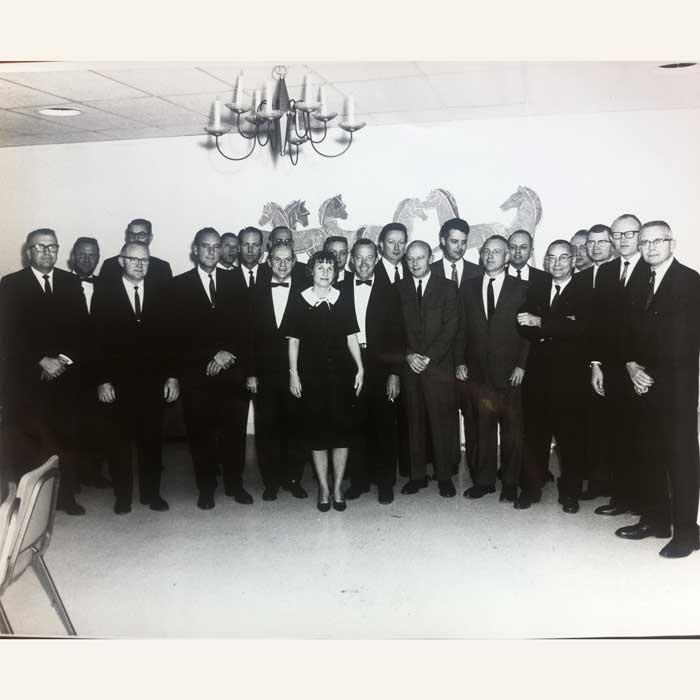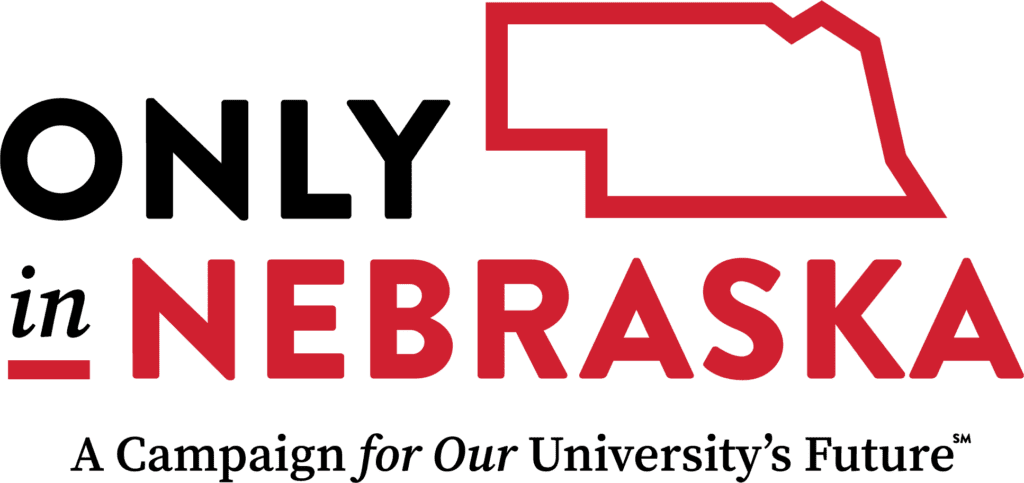Here’s a noteworthy alumna you probably don’t know: Ruth E. Wilcox, M.D.


The 89-year-old recalls her career and her life – and her med school ‘fellows’ who made all the difference.
First off, she apologizes for sending the letter so late.
This is a belated thank you to the Foundation for the scholarship and loans they made to me when I was a med student.
The return address says that one Ruth E. Wilcox, M.D., sent the letter from Fort Worth, Texas.
… As a student I was Ruth Wright ’51. …
She wrote her note on a Hallmark card, one decorated with butterfly art. She wrote that she had graduated from UNMC’s med school in 1951 and hadn’t been back to Omaha for years.
… I went on to 40 years of practice and something I’m equally proud of – raising 3 fine sons. And I’m still a healthy 89-year-old. …
She wrote about how she’s mentoring a 7-year-old who wants to become a doctor. Or an FBI agent. She told him he could become both.
… a forensic pathologist. …
And she made $100 donation on her credit card to the College of Medicine Alumni Scholarship.
It seemed that between the lines of her note there would be a lot more to her story. A phone call to Texas confirmed that was true.
After graduating from Kearney High in 1942 – at 16 years old – she attended a college in Idaho for a year and then went to California to join the home-front war effort, making airplanes for McDonnell Douglas. She was good at math and science, so she was placed in a good job in research and development. Later, she inventoried parts for the planes. She did the math in her head.
“I was the only girl in that department, which kind of got me used to being the minority, you see.”
After the war, she enrolled at the University of Nebraska in Lincoln. She had a Regents Scholarship and later earned a Mortar Board Scholarship. She had good grades.
One day in Comparative Anatomy, some classmates approached her.
“They said, ‘Why don’t you apply for med school? They said they’d like for me to be in their class – they were all fellows, you know. And that encouraged me that they’d be so welcoming to me. So I went ahead and applied.”
Those fellows became her classmates at med school. They were older students who’d enrolled after the war, wiser guys who’d seen what women could do.
She used to return for med-school reunions and see them. They’d laugh together and catch up. She owes her long career, she says, to the encouragement they gave her long ago.
They made all the difference.
… I have no idea how many survivors there are from my class of ’51. …
It wasn’t easy. Most of the boys lived in fraternity houses just across the street from the medical campus, she says. They had meals and mentoring. But the few girls in med school had to find their own places to live. It was lonely.
She lived with a family in west Omaha and took care of the family’s kids. To reach campus, she had to ride a streetcar and then walked a long way.
“That was really something – you had to carry a microscope, a whole set of slides and those huge medical books – especially if there was ice on the sidewalks.”
One professor didn’t think girls belonged in med school.
“He thought I was a ‘flash in the pan,’” she says. “I’ll never forget that. I felt so embarrassed when he put it like that. I was only six weeks into med school.
“It was kind of testy back then, that’s true, because there were only about four of us (females). We were definitely in the minority. But we got through.”
The polio epidemic hit hard during her first year of med school. She worked on a polio ward at Children’s Hospital. As a part of her training, she was enclosed in an iron lung, and that iron lung breathed for her.
She became a pediatrician. After a stint in Kansas, she spent most of her career in Joplin, Mo. She took on many young patients with chronic disabilities. One child had been born blind and was never was able to walk or feed herself. Several of her babies had been damaged by Agent Orange.
Public health became a passion. (Back in med school, she’d written her senior thesis on public health in Nebraska.) In Joplin, she spent more than three decades working in well-baby clinics and vaccine clinics.
Maybe that’s why, she says, she’s a bit hard of hearing now.
She laughs.
“I should have worn ear plugs, you know. A lot of kids would come in just scared to death to get their shot, and they’d shriek.”
She learned Spanish in her 60s and volunteered for a medical mission trip to Chile.
She retired in 2002 when she was 77 and now lives in Fort Worth with one of her three fine sons.
Her husband, Jon, died last year.
Everybody loved Jon. He worked as a territory supervisor in marketing for an oil company. She loved him. They had a four-week courtship and were married for 61 years.
“He had lots and lots of friends,” she says. “He was the best man at many, many weddings. They all said he was a man who had good ethics, and good principles. And we got along real well because he was just a good person.”
He slipped into dementia in his later years, after heart surgery and a stroke. She felt helpless and inadequate, especially since she was a doctor. She joined support groups and became an advocate for people with dementia.
After the awful tornado ripped through Joplin in 2011, assisted-living housing options for Jon became scarce. That’s when they moved to Fort Worth.
She says she’s had an amazing life.
She knows she owes a lot to UNMC and to her classmates – those “fellows” who’d encouraged to go to med school.
… I have no idea of how many survivors there are from my class of ’51. I was unable to attend reunions after Jon’s dementia. …
She keeps up with her alma mater through magazines and e-newsletters she receives. She’s amazed how far it’s come.
“I’ll tell you what, people lucky enough to go there now, they can be very proud of the University of Nebraska. It’s on the map now because of their public health, and their Ebola experience, you know.”
She’s amazed at how far she’s come.
“I had faith in God and medicine – I knew that medicine was what I wanted to do and that I wanted to make a difference somehow.”
Respectfully yours,
Ruth E. (Wright) Wilcox, M.D.





